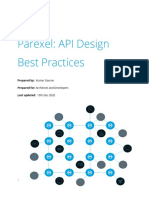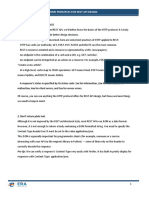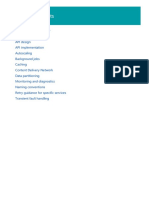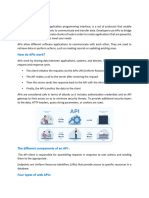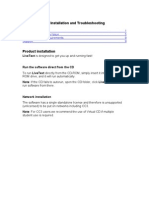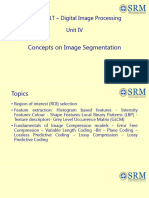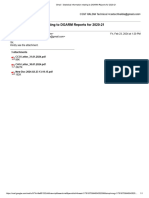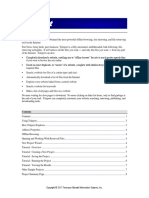0% found this document useful (0 votes)
7 views3 pagesRestful API Principle and Guidelines
REST (Representational State Transfer) is an architectural style for designing networked applications using HTTP, focusing on resource identification through URIs and stateless communication. Key principles include using appropriate HTTP methods, ensuring a uniform interface, and implementing caching for performance. Guidelines for URI design emphasize using nouns, plural forms, consistent naming, and avoiding redundancy to create clear and meaningful resource representations.
Uploaded by
vartakdipeesha1Copyright
© © All Rights Reserved
We take content rights seriously. If you suspect this is your content, claim it here.
Available Formats
Download as PDF, TXT or read online on Scribd
0% found this document useful (0 votes)
7 views3 pagesRestful API Principle and Guidelines
REST (Representational State Transfer) is an architectural style for designing networked applications using HTTP, focusing on resource identification through URIs and stateless communication. Key principles include using appropriate HTTP methods, ensuring a uniform interface, and implementing caching for performance. Guidelines for URI design emphasize using nouns, plural forms, consistent naming, and avoiding redundancy to create clear and meaningful resource representations.
Uploaded by
vartakdipeesha1Copyright
© © All Rights Reserved
We take content rights seriously. If you suspect this is your content, claim it here.
Available Formats
Download as PDF, TXT or read online on Scribd
/ 3
